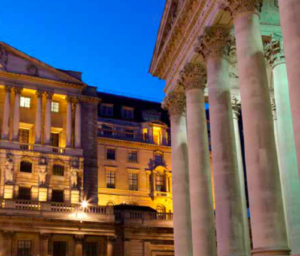A modest level of price inflation is generally seen as acceptable and even as a sign of a healthy economy. For some years, the Bank of England’s target for annual Consumer Prices Index (CPI) growth has been 2%; not a steady 2%, as short-term fluctuations are inevitable, but an average of about 2% over several years.
Inflation rates matter to savers and investors because a high inflation rate erodes the spending power of money. For those with a lot of cash in the bank, interest rates lower than the inflation rate mean they will see their cash eaten away by an invisible but corrosive force, the wider the rate differential, the worse the impact on cash holdings.
Bank interest rates have been very low for the decade or more since the global financial crisis; the inflation rate indicated by CPI growth has also been subdued. This year, however, has seen inflation indices rise faster as the economy recovers. Few economists are talking about double-digit inflation, but the upward trend may prove persistent.
Cash savings in reverse gear
All of the above makes it seem odd that a survey of 2,000+ participants by NatWest Group found that, of the 76% of parents/ guardians of under-18s that are saving or investing for them, four in five are doing so exclusively in cash. Praising those that put money aside for their children, NatWest said, ‘The purchasing power of these ‘safe’ cash balances actually goes backwards over the longer term.’
A healthy bank balance of course has its place, as a reassuring buffer against unexpected expenditure (appropriate insurance policies reduce the risk of this), but it is rarely the best long-term home for larger sums.
The value of investments can go down as well as up and you may not get back the full amount you invested. The past is not a guide to future performance and past performance may not necessarily be repeated.





